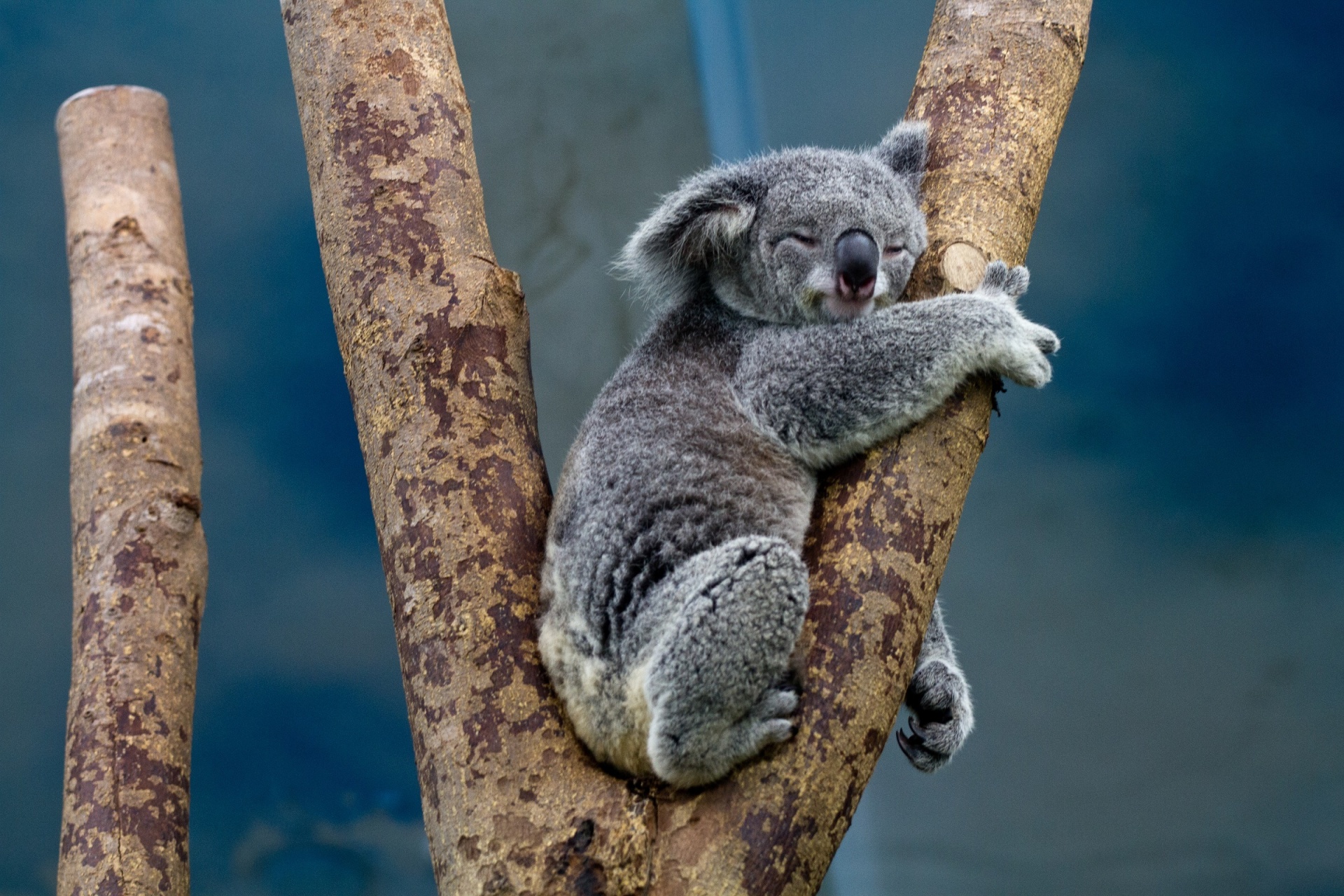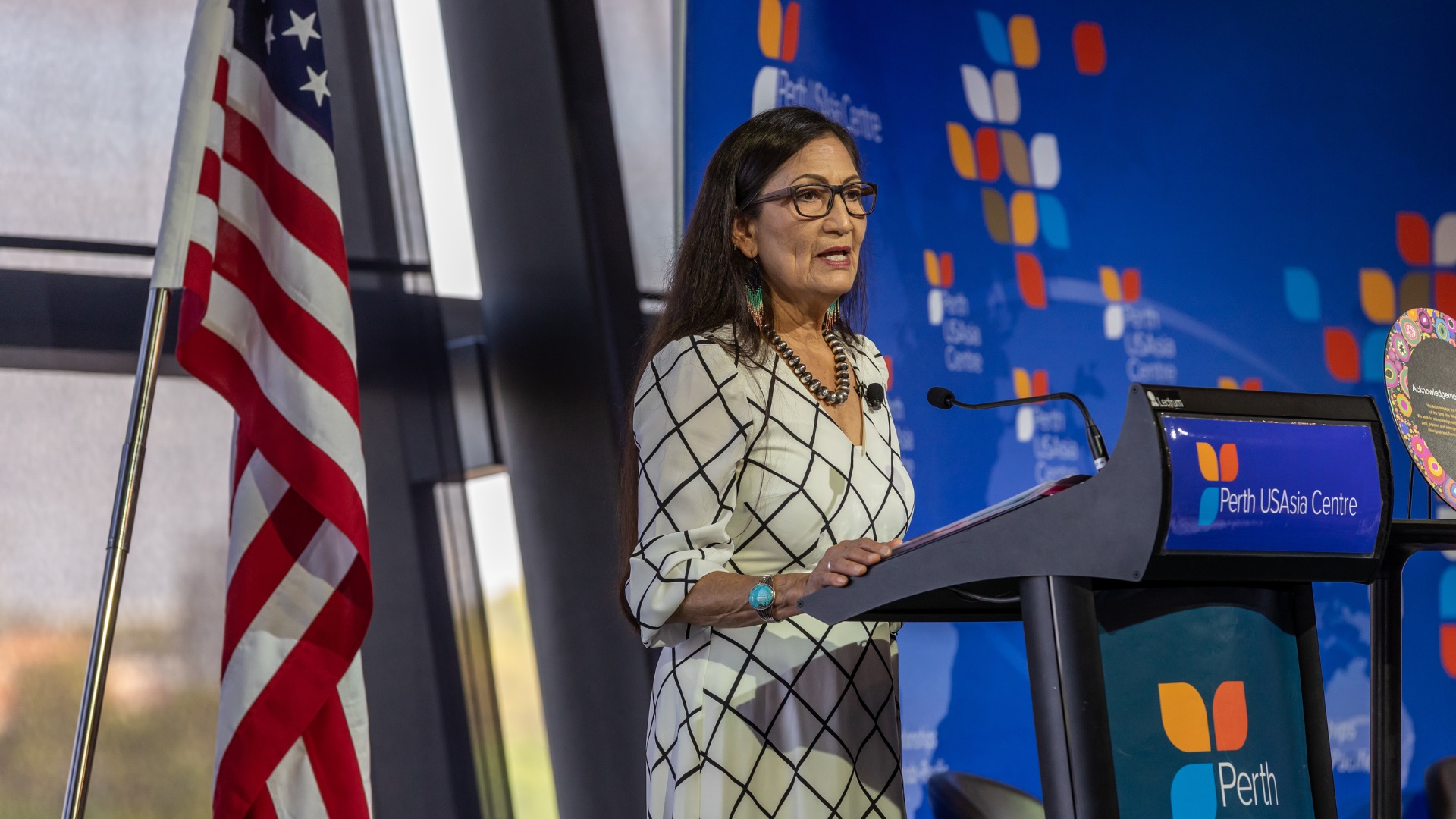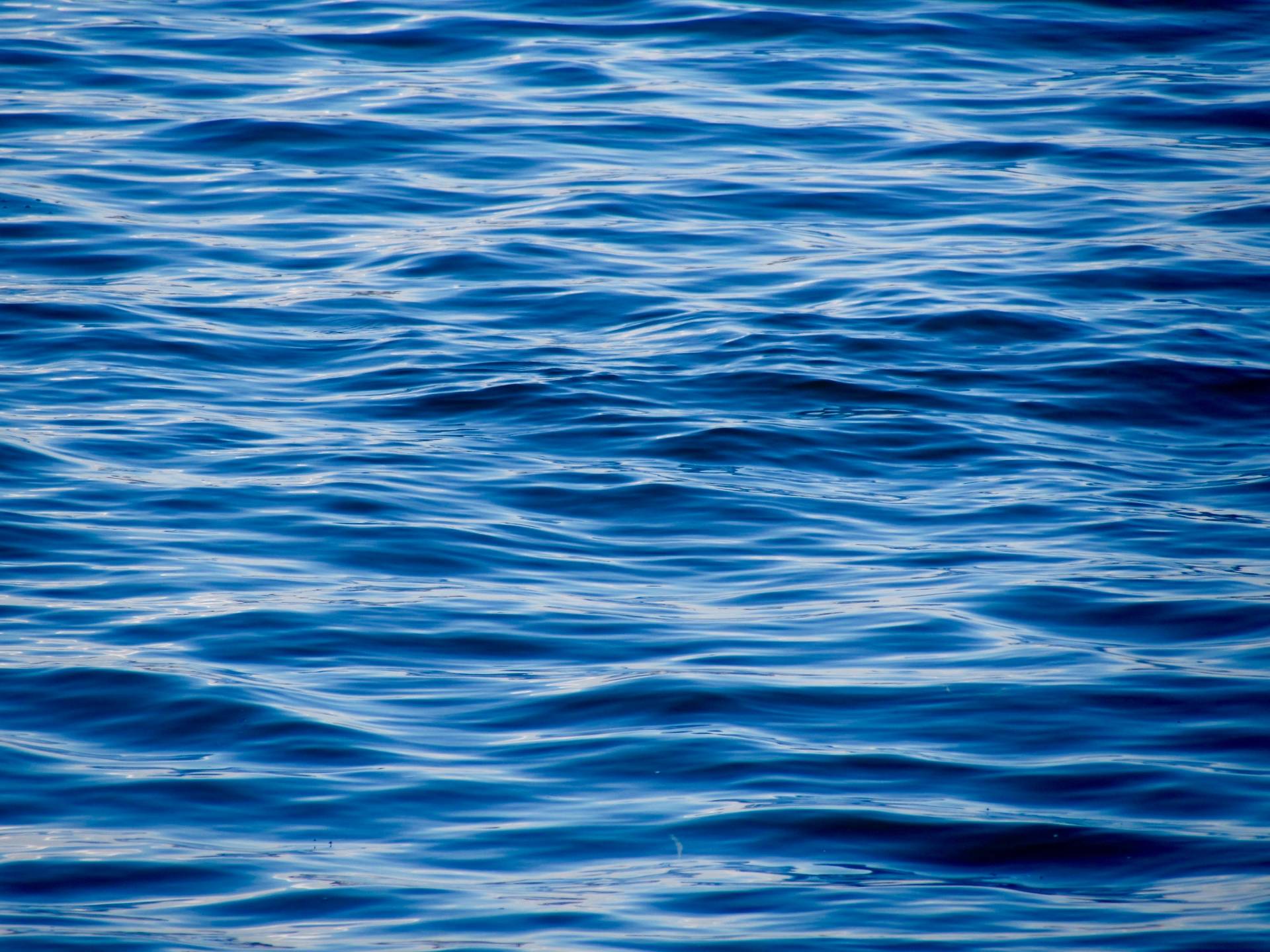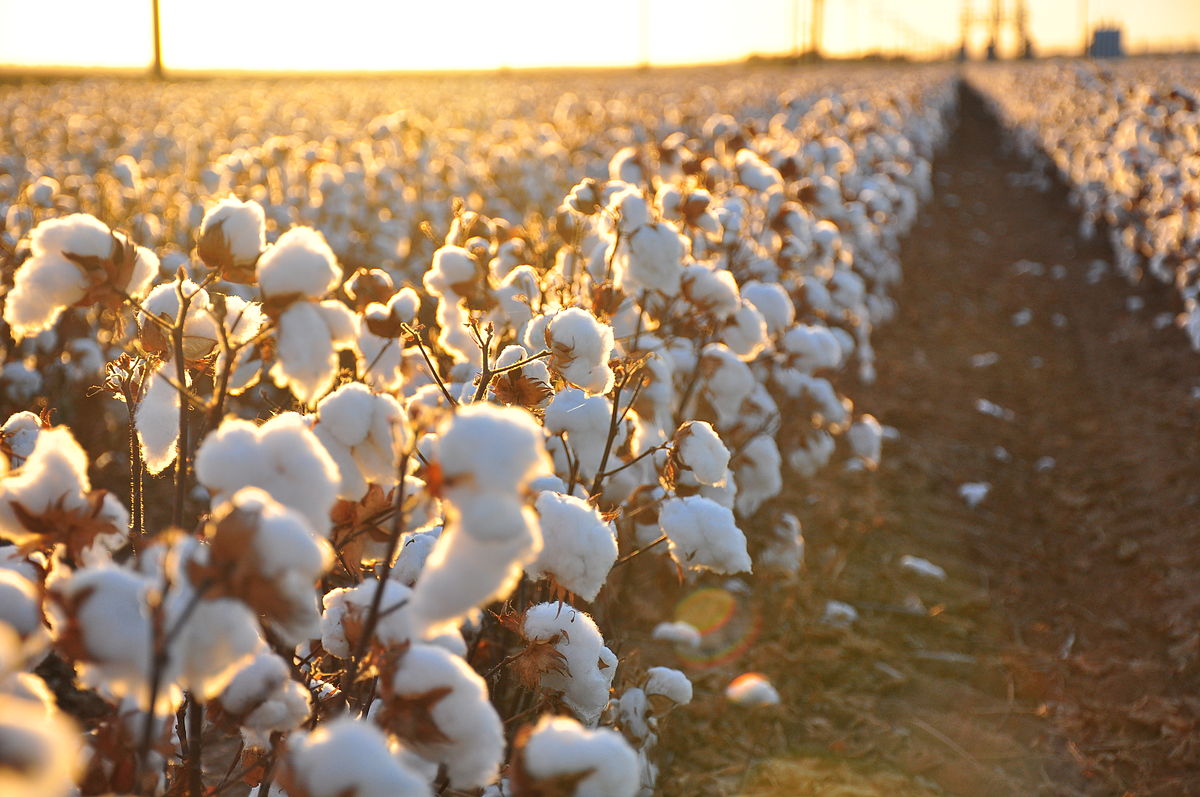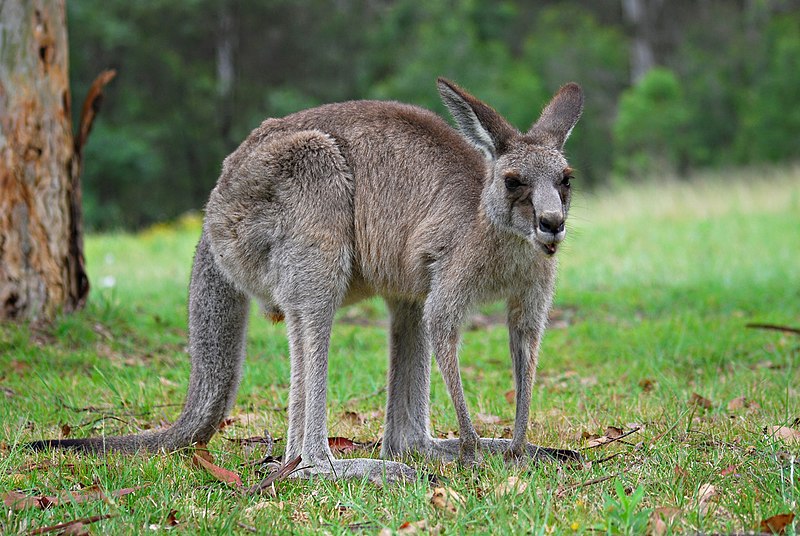A new university study has combined high end technology with traditional cultural burning practices in order to create an effective way to manage fuel reserves while protecting koala populations.
Done in partnership with the University of the Sunshine Coast and the Quandamooka Yoolooburrabee Aboriginal Corporation, the two year research project took place on Minjerribah/North Stradbroke Island.
Using drones with thermal cameras, the rangers were able to spot Koala population clusters in order to determine the best places to conduct cultural burnings.
The study was able to produce stronger koala numbers in the area as well as ensuring that natural fuel levels were at a manageable level for the upcoming bushfire season.
The corporation’s principal ranger, Jacob Martin says that cultural burning practices produce slower “cooler” fires that are easier to contain and run less of a risk of spreading uncontrollably.
However, Martin believes that fully adopting cultural burning practices is currently impossible due to obstructions that have completely changed the natural landscape.
“We can’t do cultural burning in a landscape that has been ruined because of our people being taken out of landscape not being able to manage it.
If we lit and burnt it how we used to just light it and let it do it’s thing it’s not going to just take out Koalas but a majority of the other wild life,” he said.
Listen to the full interview with ranger Jacob Martin:

